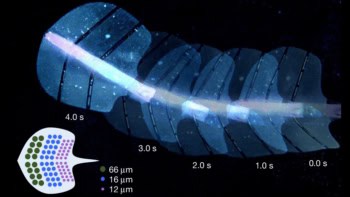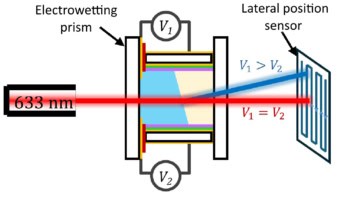Researchers in the US have developed a technique that might allow organic molecules in solution to self-assemble into pre-programmed two-dimensional crystals that could have applications in electronics and optics. Nadrian Seeman of New York University and colleagues used a mathematical construct, the Wang tile, to generate the crystalline forms of DNA. Wang theory assumes that the edges of each tile are coloured. Different edges can have different colours, but tiles can be only placed next to each other if their touching edges are the same colour. However, even a two-colour tile can produce a complex pattern or structure. Since the operation of DNA depends on "base pairs" - an A base can only bind with a T base, and a C base can only bind with a G base - they can mimic the behaviour of Wang tiles (Nature 394 539).
Previous attempts to use DNA as a molecular building block failed because its double helix structure is so flexible. However, Seeman and colleagues realized that if two synthetic DNA chains were placed side-by-side and linked at two cross over junctions, they would form a very rigid structure – called a DX molecular unit – that would be suitable for building patterns. In their experiments they created an A-B repeating structure of DX molecular units, which was visible as evenly-spaced stripes under an atomic force microscope.
Now that two-dimensional structures have been demonstrated, further development work could result in molecular algorithms suitable for high speed computation, novel photonic materials, biochips and components for molecular electronics.



